An all-inclusive experience, redefined…At Bawah Reserve in Indonesia’s pristine Anambas...
Begin your day at Bawah Reserve with your choice from our Juice Butler service: fresh...
If you’ve noticed the beautifully patterned fabrics in your villa, you’ve already...
Ready to make a splash?For guests who are both swimming-fit and up for a challenge,...
Welcome to the thermal contrast therapy facility at Aura Sanctuary at Bawah Reserve,...
Planning your dream private island holiday in Indonesia? Here at Bawah Reserve, we...
3 ways to repost or use our Instagram Reels
We love that you want to share a little...
2024 wellness trends were exciting for sure, but it keeps getting better! The top...
A new subtle yet powerful trend - that of being “demure” and “mindful” - has been...
When we think of bees, honeybees often come to mind. However, at Bawah Reserve, a...
In the heart of Southeast Asia lies a hidden gem that promises a retreat into nature,...
It’s safe to say that if you ask someone to name a tropical island destination, they will...
As we step into 2024, the world of well-being is teeming with transformative trends that...
2 years ago for Earth Day 2022, we created 10 sincere pledges for investing in the planet...
Starting to plan your dream wedding? Some couples have a clear idea of their perfect...
We are often asked about the best time of year to schedule a trip to Bawah Reserve.Which...
Our faraway paradise is well worth the journey and there are many ways to get to Bawah,...
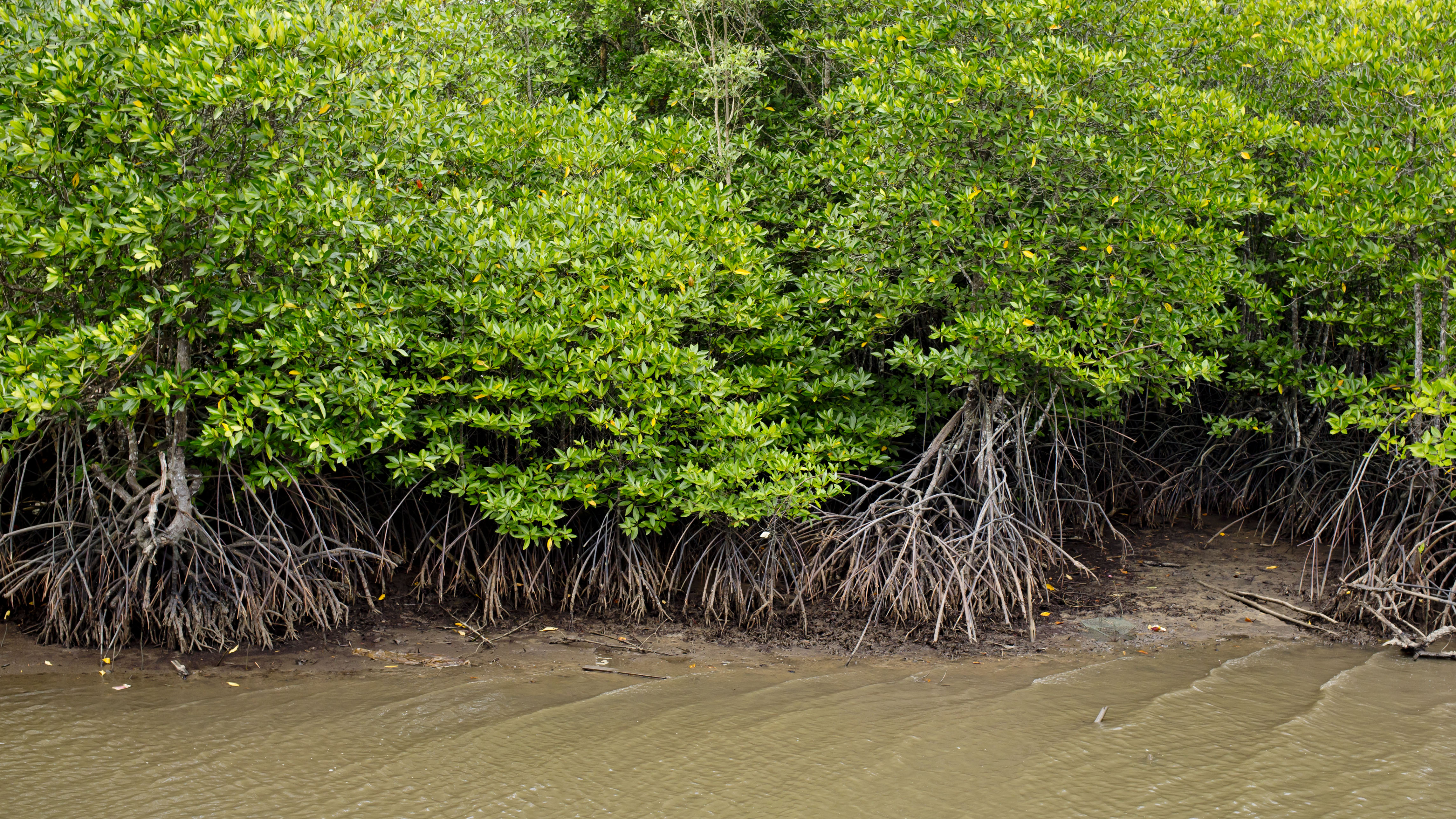
On 26 July each year, UNESCO celebrates the International Day for the Conservation of the
Mangrove Ecosystem with the aim of raising awareness about mangrove ecosystems and promoting their sustainable management and conservation.
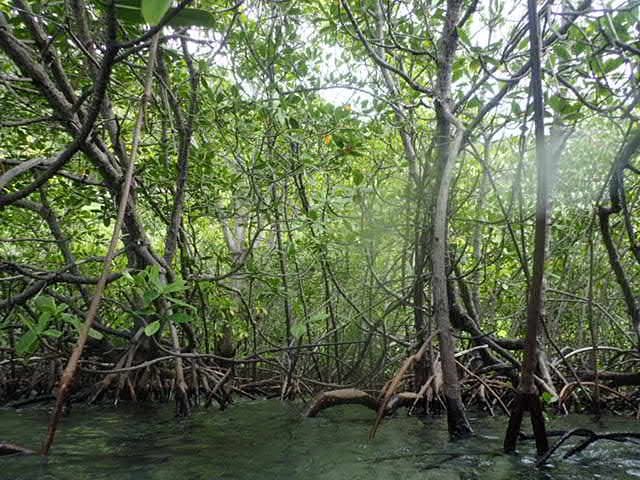
Mangrove forests can be found all around Bawah Reserve, so this is a great opportunity for us to
demystify these ecologically fabulous forests that connect land and sea, nature, and humans. Here
are our answers to some frequently Googled questions.
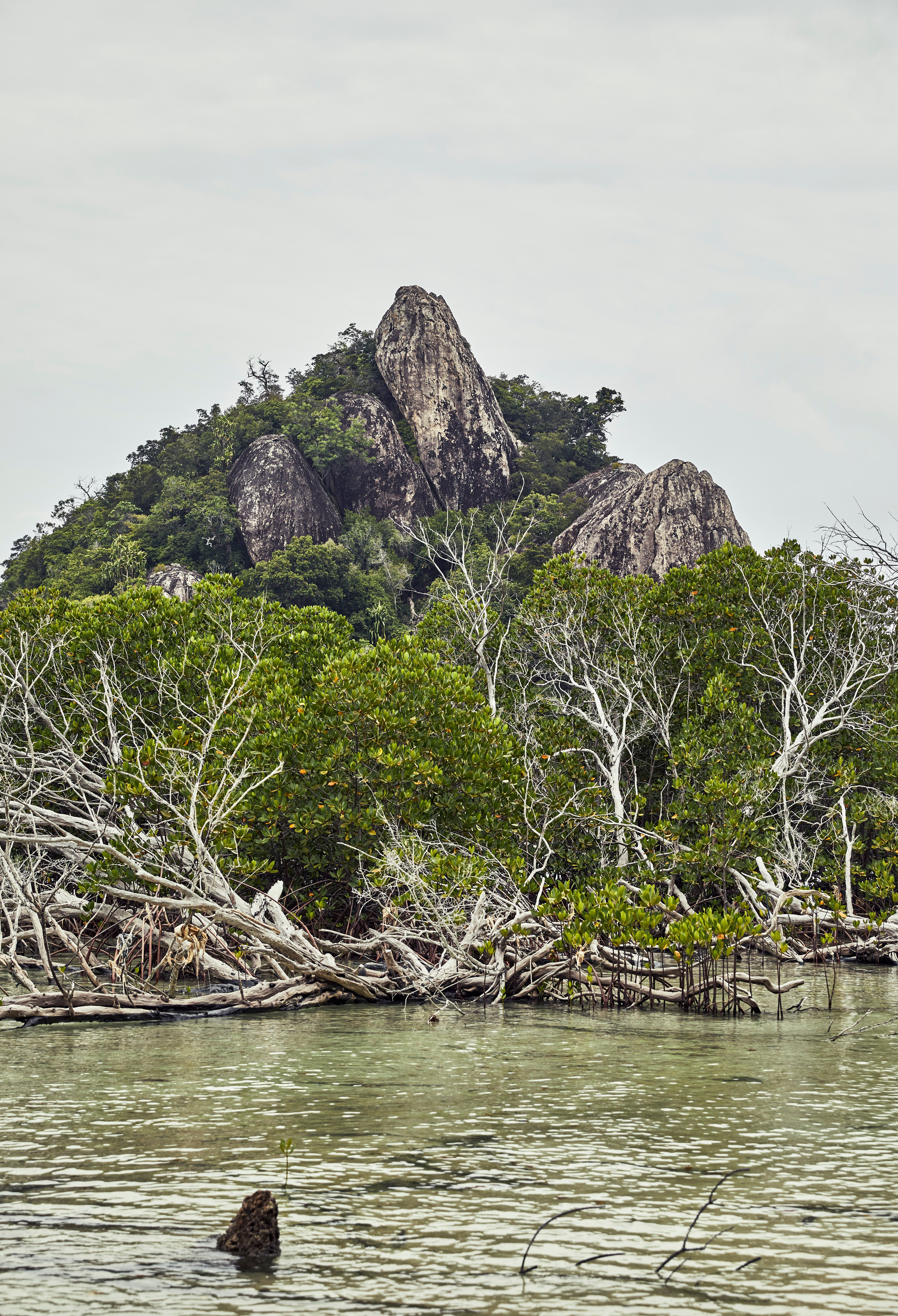
Mangroves are forests of trees and shrubs whose long, strong roots have the unique ability to
filter saltwater through their roots, enabling them to survive and thrive in harsh coastal
conditions.
According to Wikipedia, approximately 75% of the world’s mangroves are found in just 15
countries. Asia has the largest share (42%), followed by Africa (21%), Northern, Central
America and the Caribbean (15%), Oceania (12%), and South America (11%).
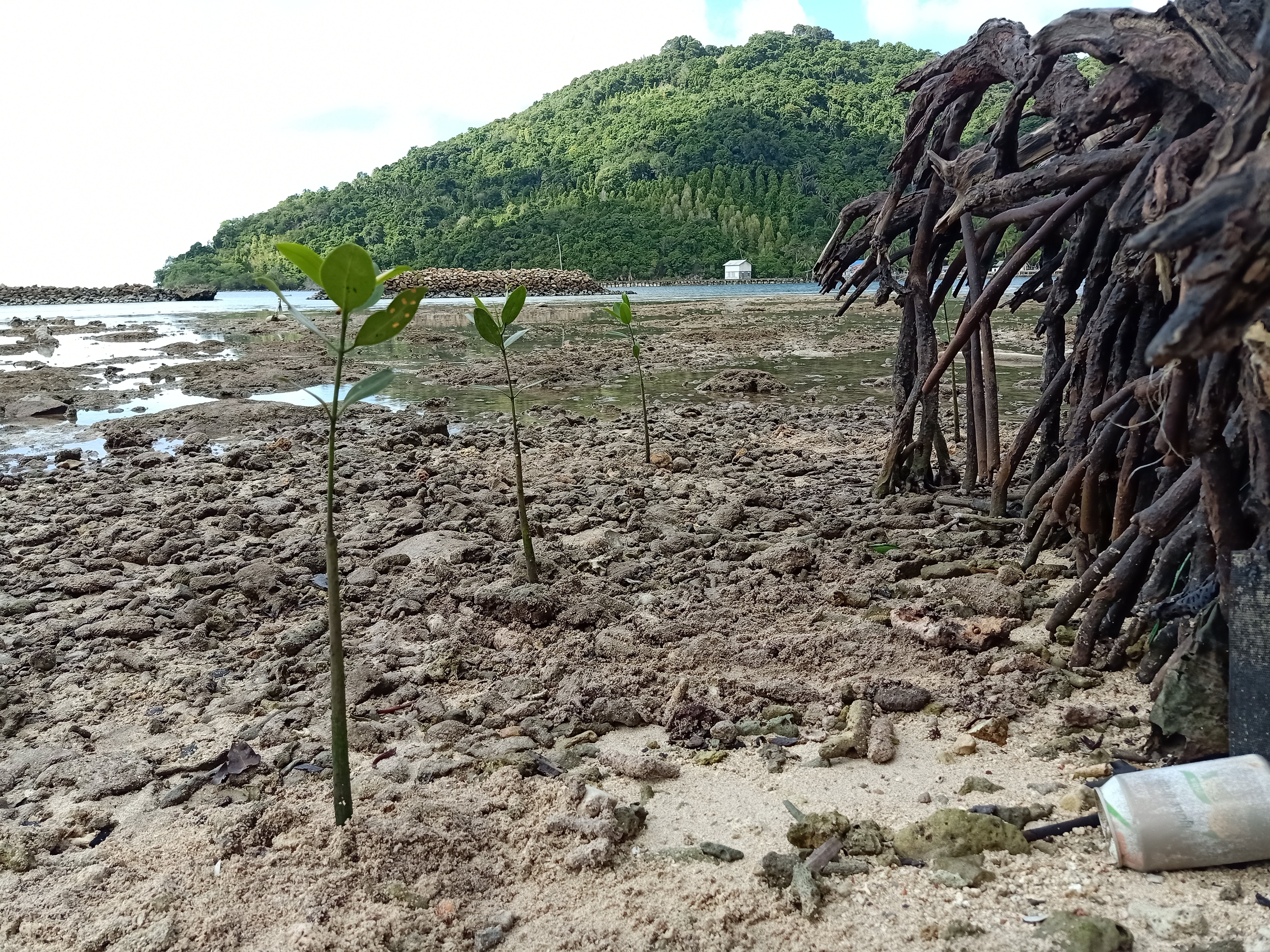
Mangrove forests are extremely productive ecosystems, providing critical services that benefit all
of us. Rural communities often depend on their natural environment to provide for their families,
and most communities in the Anambas rely on fishing. Healthy mangrove ecosystems mean
healthy fisheries and healthy farmlands.
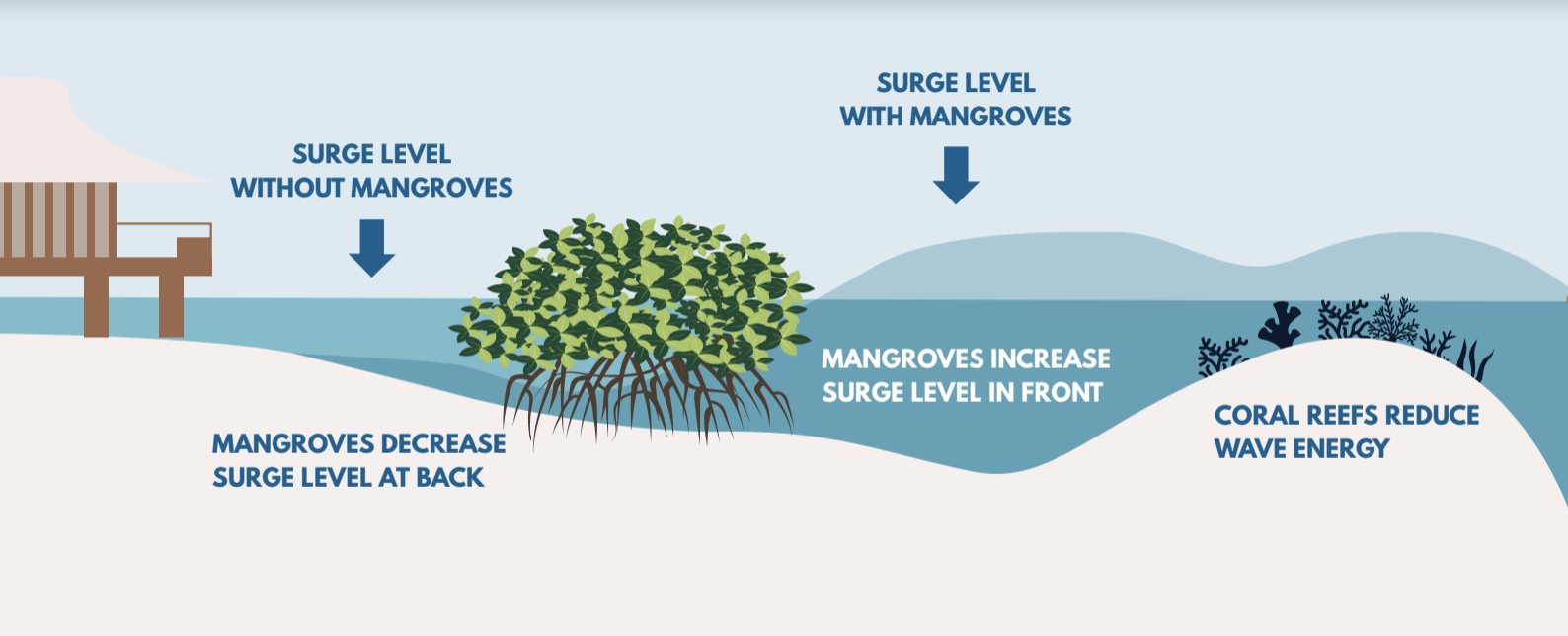
Mangroves play an essential role in maintaining water quality. With their dense network of
interwoven roots, working together with the surrounding vegetation, they filter and trap
sediments, heavy metals, and other pollutants.
This ability to retain sediments flowing from upstream prevents contamination of downstream waterways and protects sensitive habitats like coral reefs and seagrass beds below. For another, they are vital repositories of blue carbon – meaning the carbon stored in coastal and marine ecosystems. These ecosystems sequester and store large quantities of blue carbon in both the plants and the sediment below. Mangroves sequester carbon at a rate two to four times greater than mature tropical forests and store 3 to 5 times more carbon per equivalent area than tropical forests like the Amazon rainforest. This means that conserving and restoring mangroves is essential to fighting climate change.
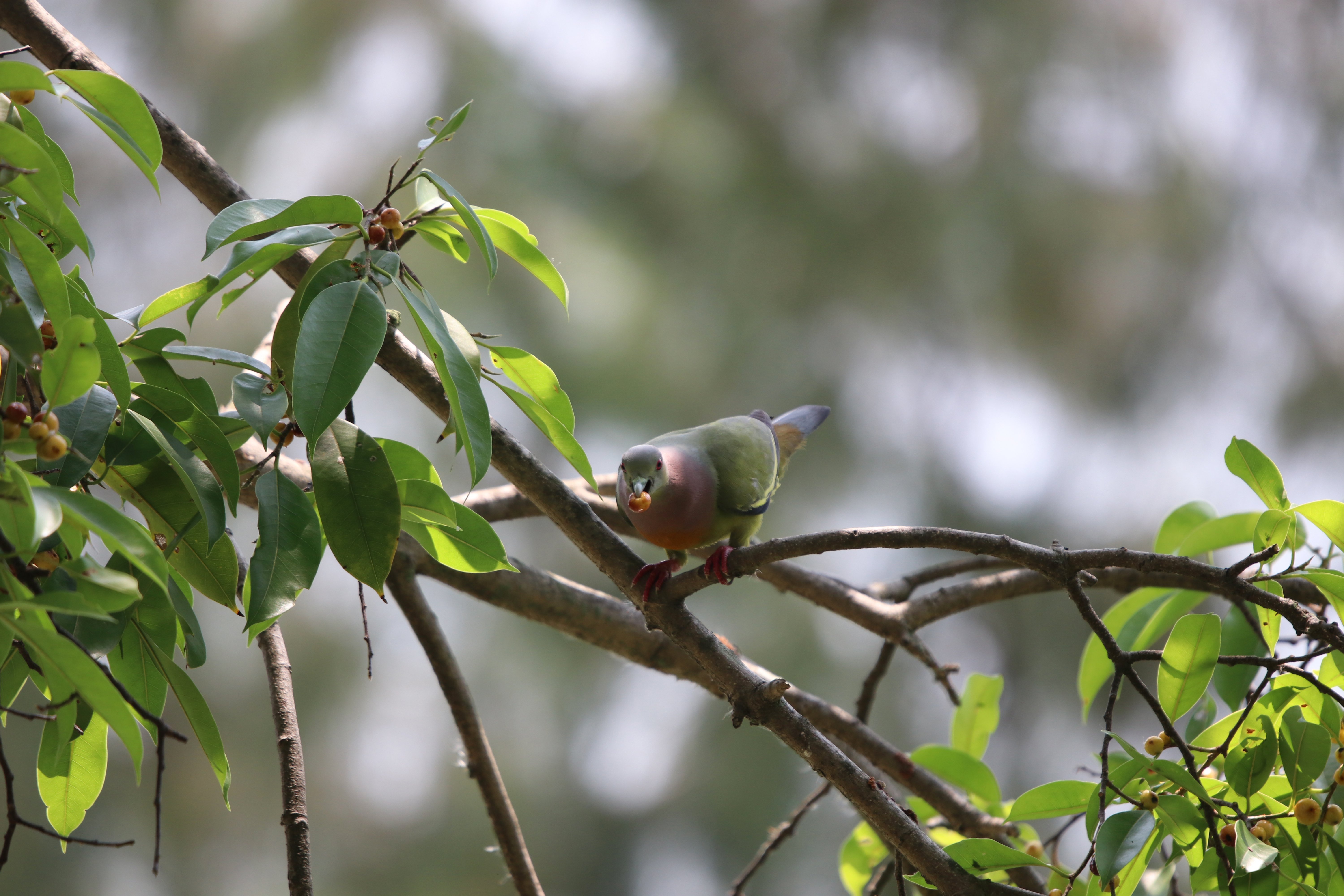
Mangroves are home to an incredible array of species, making them true biodiversity hotspots.
They provide nesting and breeding habitat for fish and shellfish, migratory birds, bats and sea
turtles. An estimated 80% of the global fish catch relies on mangrove forests either directly or
indirectly.
Just like compost, the organic matter and nutrients in the mud and roots of mangroves can emit
an odour as they break down.
.jpg?width=716&name=P2240041%20(1).jpg)
That depends on the species. In good conditions, untouched by humans, some mangrove trees
can last for hundreds of years.
Mangroves produce good wood for fires and are often chopped down for this purpose. They are
also used for building and development projects. Even worse, plastic debris and other waste can
get caught up in the roots and strangle the mangrove tree to death.
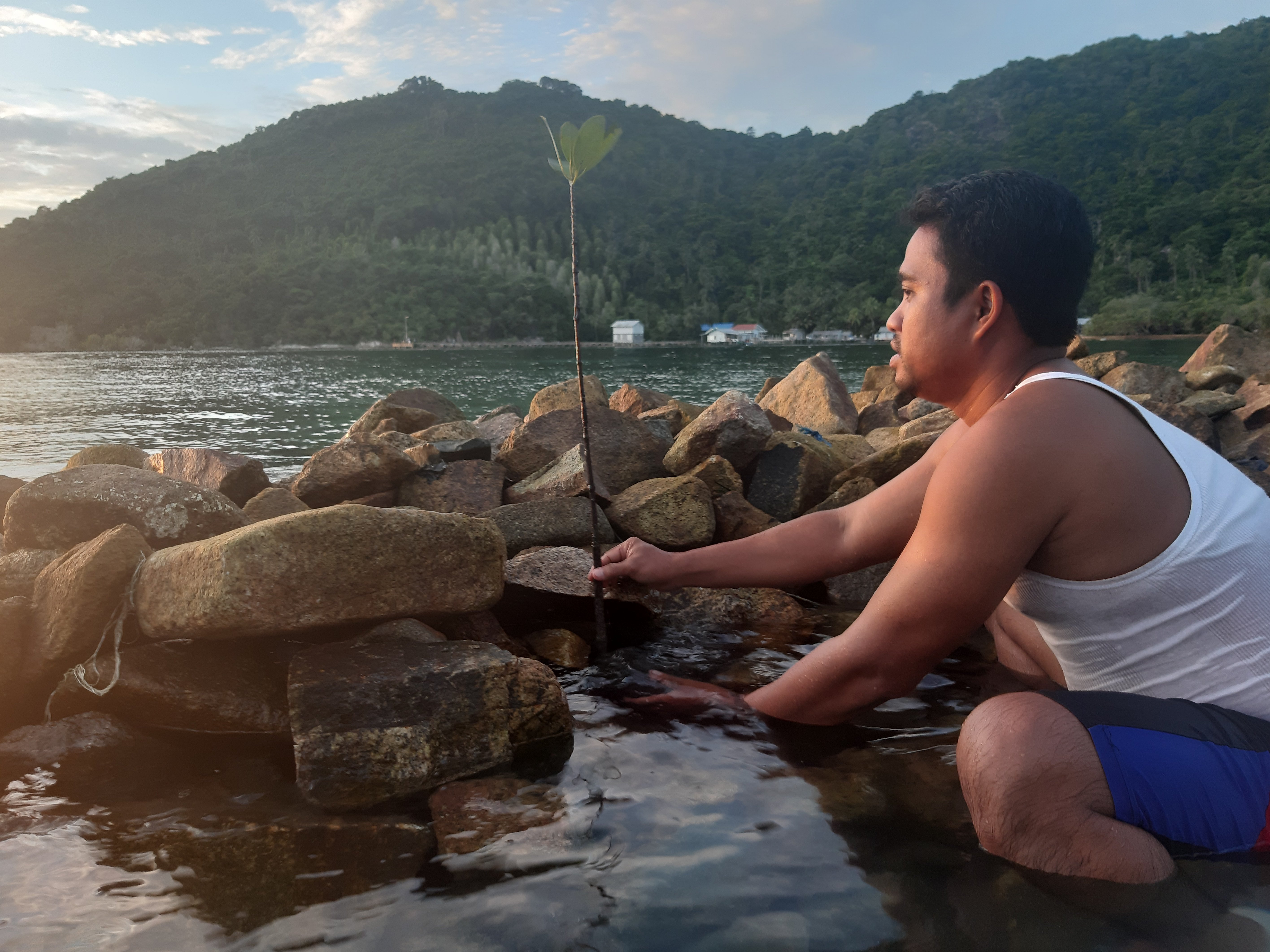
In this era of climate change and rising sea levels, mangroves can provide the first line of defence
against extreme weather patterns such as hurricane winds, freak waves, and flooding. For
humans, this means protection from the devastation that natural disasters can inflict. What’s
more, preventing or slowing erosion contributes to stabilising our shorelines and keeping
vulnerable coastal communities safe. Follow the Anambas Foundation for the work they are doing in restoring mangroves in the Anambas.
An all-inclusive experience, redefined…At Bawah Reserve in Indonesia’s pristine Anambas...
Begin your day at Bawah Reserve with your choice from our Juice Butler service: fresh...
If you’ve noticed the beautifully patterned fabrics in your villa, you’ve already...
Ready to make a splash?For guests who are both swimming-fit and up for a challenge,...
Welcome to the thermal contrast therapy facility at Aura Sanctuary at Bawah Reserve,...
Planning your dream private island holiday in Indonesia? Here at Bawah Reserve, we...
3 ways to repost or use our Instagram Reels
We love that you want to share a little...
2024 wellness trends were exciting for sure, but it keeps getting better! The top...
A new subtle yet powerful trend - that of being “demure” and “mindful” - has been...
When we think of bees, honeybees often come to mind. However, at Bawah Reserve, a...
In the heart of Southeast Asia lies a hidden gem that promises a retreat into nature,...
It’s safe to say that if you ask someone to name a tropical island destination, they will...
As we step into 2024, the world of well-being is teeming with transformative trends that...
2 years ago for Earth Day 2022, we created 10 sincere pledges for investing in the planet...
Starting to plan your dream wedding? Some couples have a clear idea of their perfect...
We are often asked about the best time of year to schedule a trip to Bawah Reserve.Which...
Our faraway paradise is well worth the journey and there are many ways to get to Bawah,...
© Bawah Reserve 2024. Anambas. Riau Islands. Indonesia
leave a comment